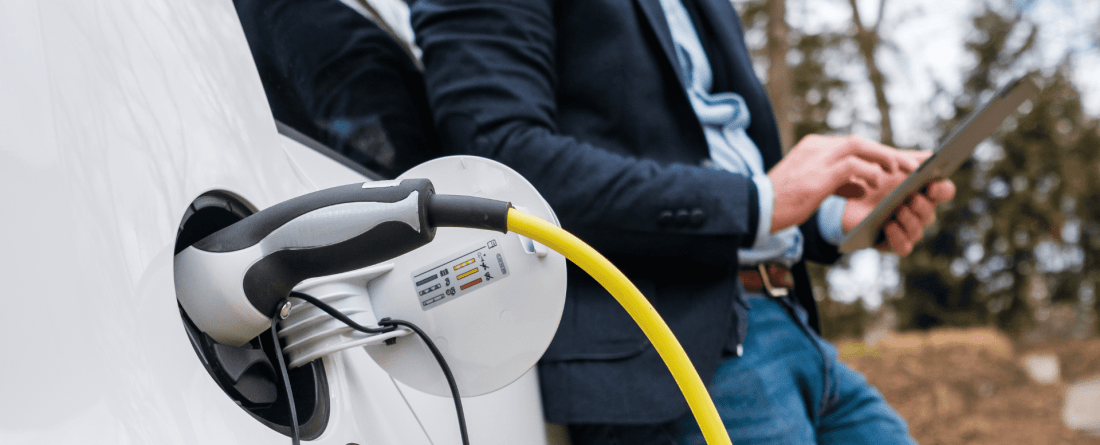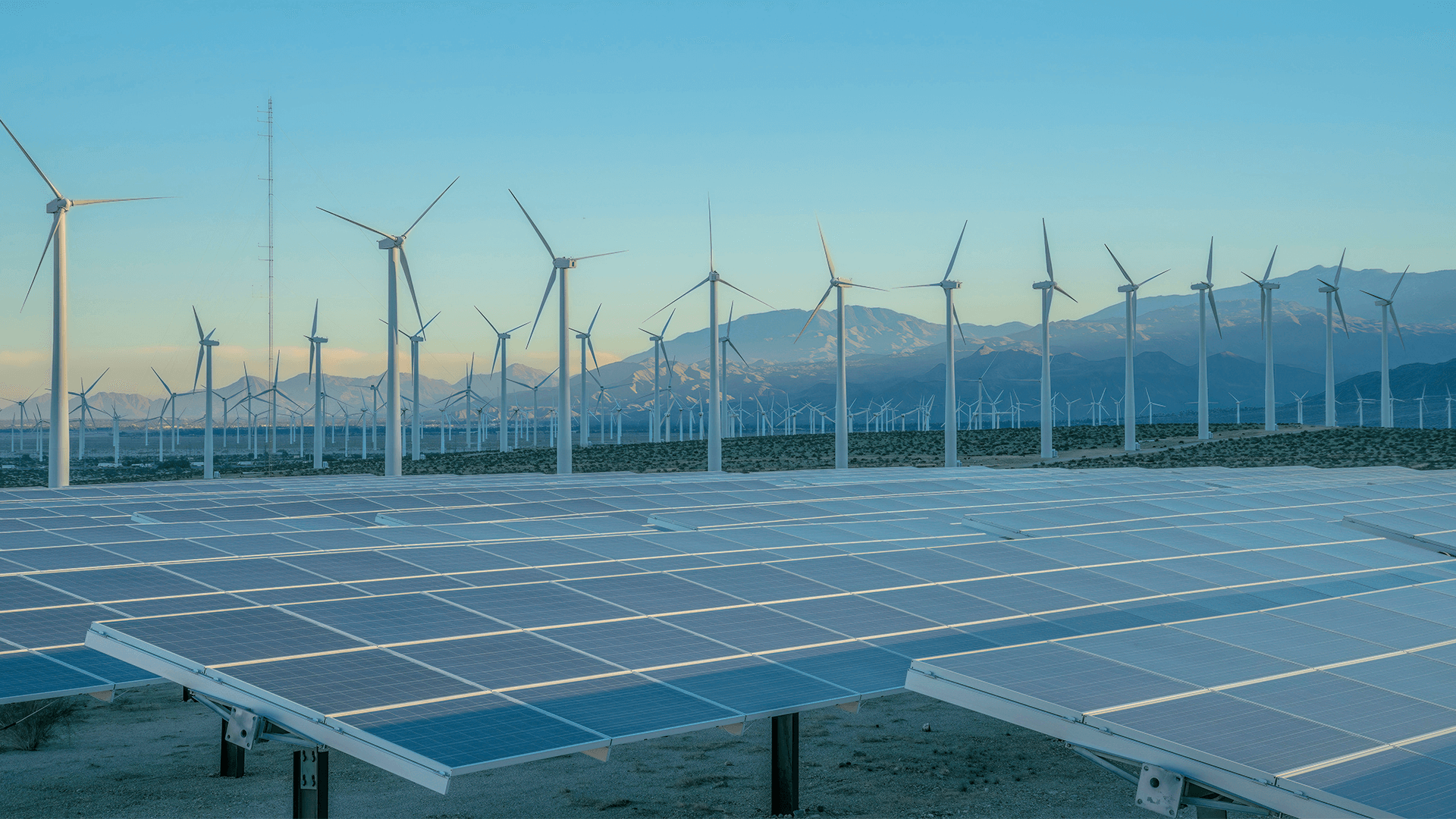
A new analysis from the Center for Global Sustainability (CGS) at the University of Maryland found Maryland has made significant progress in developing an equitable and robust public electric vehicle (EV) charging network to support the state's ambitious goal of achieving 100% electric vehicle sales for new passenger cars and light trucks by 2035. However, despite significant advancements, the analysis reveals ongoing barriers for rural, low- and middle-income (LMI) households, and communities of color.
Since 2011, Maryland has dramatically increased the number of public EV charging locations statewide to 1,396, with an average addition of 113 charging stations annually. The median distance for a household to reach a public charging station decreased from nearly five miles in 2011 to under one mile today.
“Key regions across Maryland have been actively participating in this expansion, leveraging the new infrastructure for economic growth and community engagement,” said Jiehong Lou, CGS Assistant Research Professor and report author. “For example, Washington and Allegany counties are strategically constructing charging stations in downtown areas, thus promoting local development.”
The analysis also shows success in increasing access to public charging for communities traditionally lacking residential charging options, including low and moderate-income (LMI) households, communities of color, multifamily households, and urban areas. Equity gaps have significantly reduced, particularly for LMI and black households, which now enjoy closer access to public charging in several counties.
“Maryland’s push for EV deployment has narrowed the equity gap for communities that lacked access to residential charging infrastructure,” said CGS Research Assistant and report lead author Shawn Edelstein. “Over the past decade, LMI and black households have gained improved access to public charging infrastructure in nearly all counties, enhancing infrastructure accessibility and fostering economic development in disadvantaged areas.”
However, rural areas, LMI households, and communities of color still face access challenges. The Eastern Shore regions, including Wicomico, Queen Anne’s, and Kent counties, have limited access to Alternative Fuel Corridors (AFCs). Baltimore City also shows an ongoing accessibility gap that intersects income and racial lines, requiring targeted efforts to address the needs of low-income and minority households. Low-income black households in Baltimore face larger average distances to charging stations compared to non-LMI and white households.
To continue increasing EV ownership, Maryland must target persistent accessibility gaps among rural and underserved populations, especially in Baltimore City. Currently, black and hispanic households in Baltimore have the least access to public charging. Additionally, single-family households across all income and demographic levels face proximity challenges, with rural households, on average, 3.4 miles farther from charging stations than urban households, despite increased EV deployment.
With increased funding and statewide efforts, Maryland is working to bridge accessibility gaps for EV charging infrastructure. Federal and state policies, including the National Electric Vehicle Infrastructure (NEVI) Formula Program and the Zero Emission Electric Vehicle Infrastructure Council (ZEEVIC), have promoted the integration of equity in the expansion of EV public charging infrastructure in Maryland. Now, the farthest any household is from a charging station is twenty miles, providing closer access to at least one public charging station than years ago.
Future investments and policy interventions are essential to sustain this progress and ensure the equitable distribution of EV adoption benefits. Maryland policymakers should prioritize developing public charging networks in key regions, such as the Eastern Shore, and target areas with infrastructure gaps to close remaining access gaps and support Maryland’s transition to a sustainable, electric vehicle future.
Download the analysis to learn more.



